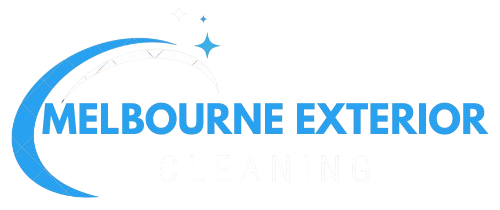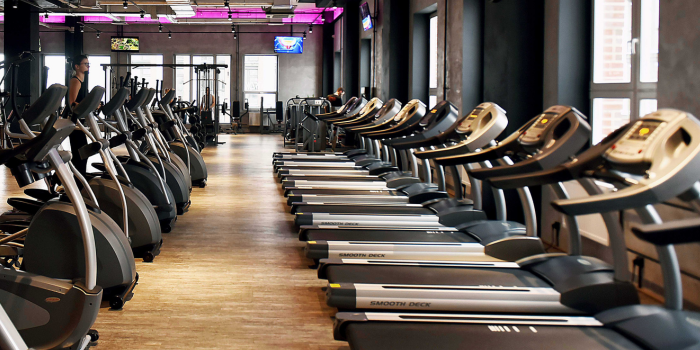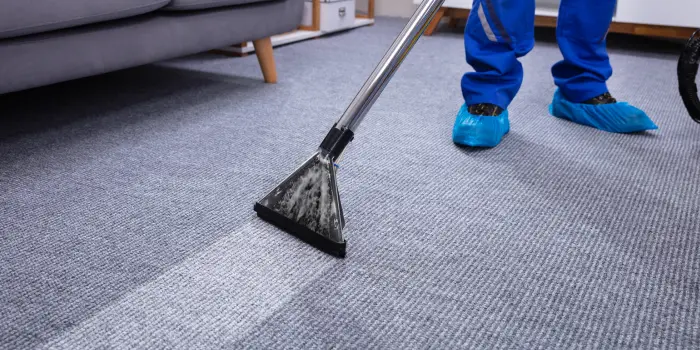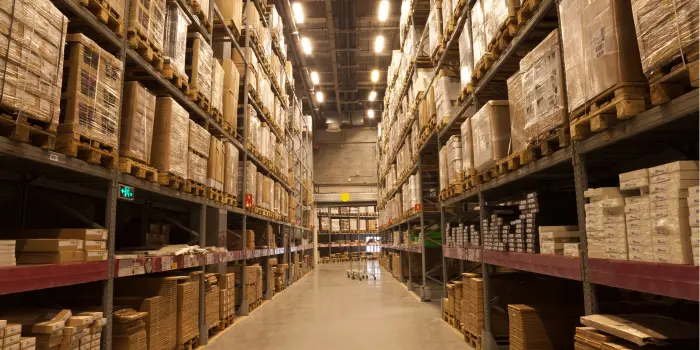As autumn graces Victoria / Melbourne, painting the scenery with the warm hues of ochre and gold, healthcare facilities grapple with a persistent, invisible challenge: the crucial necessity of infection control. While the changing seasons evoke a sense of cosy comfort for many, for hospitals, clinics, and aged care homes, it underscores the critical importance of maintaining stringent hygiene standards. Effective medical facility cleaning is not merely about aesthetics; it is the cornerstone of infection control and unwavering compliance with Australian healthcare regulations.
This blog delves into the intricate world of medical facility cleaning, exploring its vital role in safeguarding patient well-being, protecting healthcare professionals, and upholding the rigorous standards mandated across NSW. We’ll examine the key principles, the meticulous processes involved, and why partnering with experienced commercial cleaning services is paramount, especially as we navigate the potential for increased viral transmission during the cooler months.
Beyond the Surface: Why Medical Cleaning Demands Precision
Unlike standard commercial cleaning, the cleaning of medical facilities operates on a far more critical plane. The stakes are undeniably higher, with the potential for healthcare-associated infections (HAIs) to cause significant morbidity, mortality, and increased healthcare costs. These infections can arise from a multitude of sources, including contaminated surfaces, medical equipment, and even the air.
Cleaning a medical facility therefore involves more than just washing down surfaces. It requires a profound understanding of:
Microbiology: Identifying the types of pathogens prevalent in healthcare settings, including bacteria, viruses, and fungi, and understanding their modes of transmission.
Disinfection and Sterilisation Protocols: Implementing evidence-based procedures for disinfecting and sterilising various surfaces and equipment based on their risk level. This includes understanding the appropriate dwell times and concentrations of cleaning agents.
Cross-Contamination Prevention: Employing rigorous techniques to prevent the transfer of pathogens from contaminated areas to clean ones. This involves meticulous colour-coding of cleaning equipment, proper waste disposal, and adherence to strict hand hygiene practices.
Regulatory Compliance: Navigating the complex landscape of Australian healthcare standards and guidelines, including those set forth by the Therapeutic Goods Administration (TGA) and state health authorities in NSW. This ensures that cleaning protocols meet the required benchmarks for safety and efficacy.
The Autumn Factor: Heightened Vigilance Against Infection

As the temperature drops and humidity levels fluctuate during autumn in NSW, we often witness a seasonal uptick in respiratory illnesses such as influenza and the common cold. This heightened prevalence in the community can place increased pressure on healthcare facilities, making robust infection control measures even more crucial.
Effective cleaning plays a pivotal role in mitigating the spread of these seasonal viruses within healthcare settings. Regularly disinfecting high-touch surfaces, such as door handles, light switches, and reception counters, can significantly reduce the risk of transmission. Furthermore, ensuring proper ventilation and air quality, often addressed through meticulous cleaning of air vents and filtration systems, contributes to a healthier environment for both patients and staff.
The Meticulous Process: A Symphony of Cleanliness

High-quality medical facility cleaning is a carefully orchestrated process, involving trained professionals and adherence to stringent protocols. Key elements include:
Risk Assessment: Identifying high-risk areas within the facility, such as operating theatres, isolation rooms, and patient wards, and tailoring cleaning protocols accordingly.
Standard Operating Procedures (SOPs): Implementing detailed SOPs for every cleaning task, outlining the specific steps, cleaning agents, and equipment to be used.
Trained Personnel: Employing cleaning staff who have undergone specialised training in medical facility cleaning techniques, infection control principles, and the safe handling of cleaning chemicals.
Appropriate Cleaning Agents and Equipment: Utilising hospital-grade disinfectants and cleaning agents that are effective against a broad spectrum of pathogens and compliant with Australian standards. This also includes using well-maintained and regularly sanitised cleaning equipment.
Regular Monitoring and Auditing: Implementing systems for monitoring the effectiveness of cleaning protocols and conducting regular audits to ensure compliance and identify areas for improvement.
Waste Management: Adhering to strict protocols for the segregation, handling, and disposal of medical waste to prevent the spread of infection.
Navigating Compliance: A Non-Negotiable Imperative
Compliance with healthcare regulations in NSW is not merely a matter of avoiding penalties; it is fundamental to ensuring patient safety and maintaining the integrity of the healthcare system. Effective medical facility cleaning is an integral component of meeting these regulatory requirements. Demonstrating a commitment to rigorous hygiene standards builds trust among patients, staff, and the wider community.
Partnering for Perfection: The Value of Professional Commercial Cleaning Services

Entrusting the critical task of medical facility cleaning to experienced commercial cleaning services offers numerous advantages:
Expertise and Specialised Knowledge: Professional cleaning companies specialising in healthcare environments possess the in-depth knowledge of infection control principles, regulatory requirements, and best practices.
Trained and Certified Staff: Their cleaning personnel undergo rigorous training in medical cleaning techniques, ensuring they are equipped to handle the unique challenges of healthcare environments.
Access to Hospital-Grade Products and Equipment: They utilise high-quality, compliant cleaning agents and well-maintained equipment that meet the stringent standards of the healthcare industry.
Customised Cleaning Plans: They can develop tailored cleaning schedules and protocols that align with the specific needs and operational requirements of your medical facility.
Reduced Risk and Liability: Outsourcing cleaning to professionals can help mitigate the risk of HAIs and ensure compliance with relevant regulations, reducing potential liability.
Focus on Core Activities: Entrusting cleaning to specialists allows healthcare providers to concentrate on their main duty, which is to provide high-quality patient care.
Ready to elevate your infection control and compliance this autumn?
Don’t let the changing seasons compromise the health and safety of your patients and staff. Partner with a trusted commercial cleaning service that understands the intricacies of medical facility hygiene in NSW.
Call us today on 1300 494 983 or email [email address removed] to learn more about our comprehensive Commercial Cleaning Services and how we can help you maintain a safe, compliant, and infection-free environment.
The bottom line is clear: in the realm of healthcare, cleanliness is not just a virtue; it’s a fundamental necessity. By prioritising meticulous medical facility cleaning, you are investing in the well-being of your community and upholding the highest standards of care. Make the smart choice this autumn and ensure your facility is a beacon of health and hygiene!






